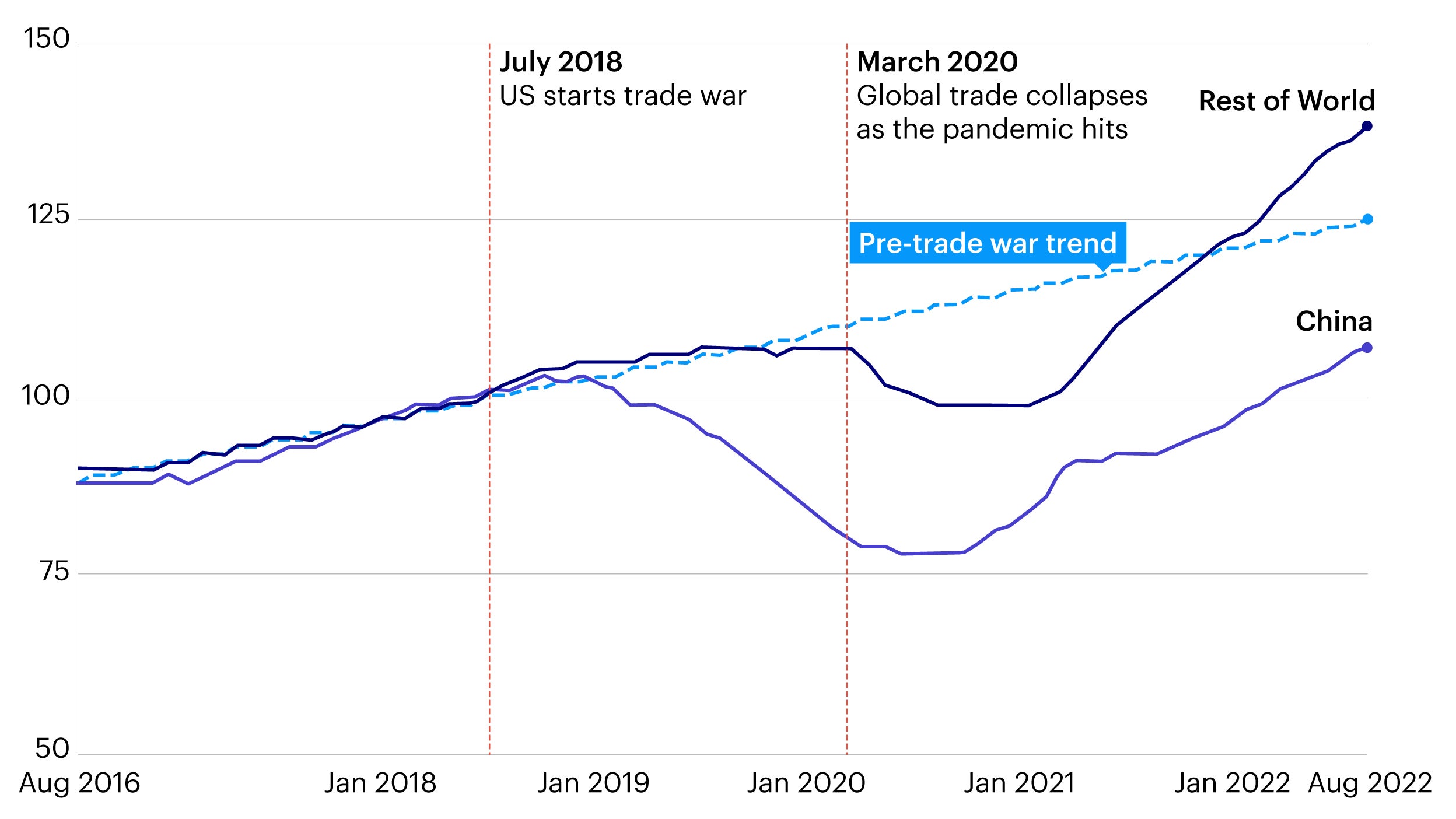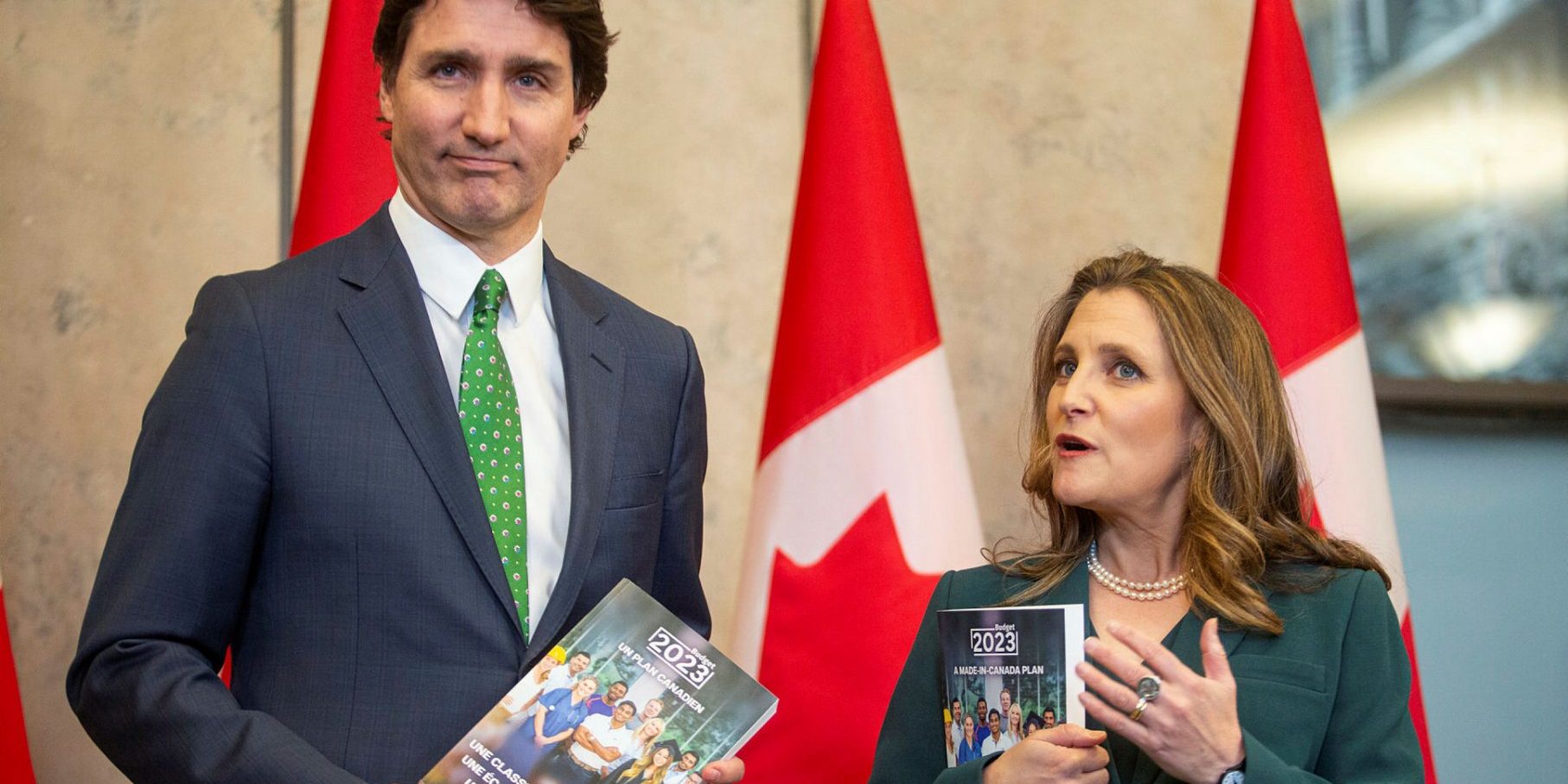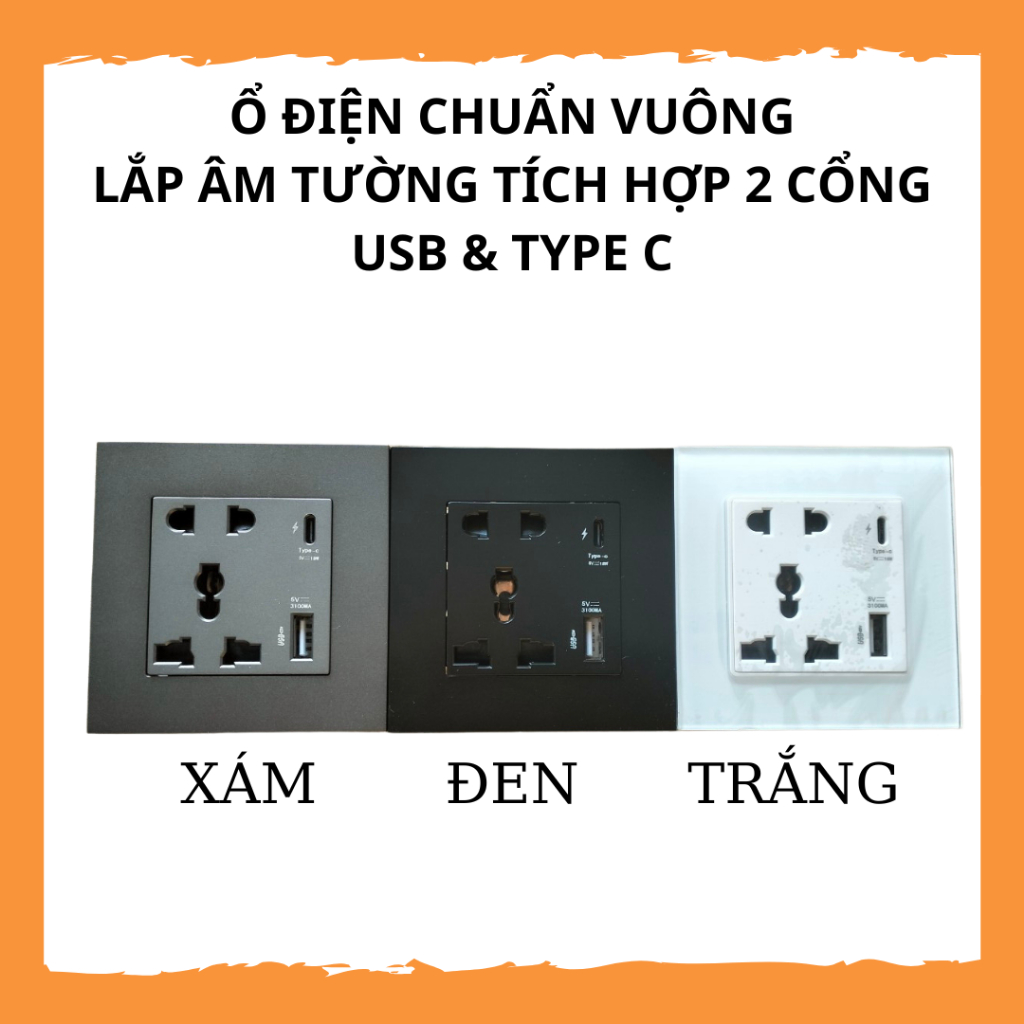China And US Trade: A Race Against The Clock To Meet Trade Agreement

Table of Contents
Key Provisions of the US-China Trade Agreement and Their Challenges
The US-China trade relationship is incredibly complex, built on a series of agreements and ongoing negotiations. Understanding the specifics of these agreements and their challenges is vital to appreciating the current situation.
Phase One Agreement: Specifics and Current Status
The Phase One trade deal, signed in January 2020, aimed to address some of the most pressing trade imbalances between the two nations. Key aspects included:
- Increased Chinese purchases of US goods and services: China committed to significantly increasing its purchases of American agricultural products, manufactured goods, and energy.
- Intellectual property protection: The agreement included provisions designed to strengthen intellectual property rights protection in China, a major concern for US businesses.
- Financial services access: China agreed to improve market access for US financial institutions.
- Currency manipulation: The agreement included provisions aimed at preventing currency manipulation by China.
However, meeting these commitments has proven challenging. China has fallen short of its purchase targets in several sectors, citing factors like the COVID-19 pandemic and internal economic shifts. The US, in turn, has expressed concerns about the enforcement mechanisms and China's overall commitment to the agreement. Data from the US Trade Representative's office reveals a significant shortfall in Chinese purchases of agricultural products, impacting American farmers disproportionately.
Remaining Points of Contention and Future Negotiations
Beyond the Phase One agreement, significant points of contention remain. These include:
- Technology transfer: The US remains deeply concerned about forced technology transfer from US companies operating in China.
- Market access: US businesses continue to face significant barriers to accessing the Chinese market in various sectors.
- State-owned enterprises: The role of state-owned enterprises in the Chinese economy and their competitive practices are a continuing source of friction.
Future negotiations will need to address these issues effectively to build a more sustainable and mutually beneficial trade relationship. Cooperation is needed on issues like streamlining regulatory processes and establishing clearer rules for fair competition.
Economic Impacts of Meeting (or Failing to Meet) the Agreement
The success or failure of the China and US Trade Agreement will have profound economic consequences for both countries and the global economy.
Benefits of Successful Implementation for the US Economy
Successful implementation would yield substantial benefits for the US:
- Boosted agricultural exports: American farmers would see increased demand for their products, leading to higher incomes and job growth in rural communities.
- Increased manufacturing output and jobs: Increased exports of manufactured goods would stimulate US manufacturing, creating jobs and boosting economic growth.
- Enhanced competitiveness: Stronger intellectual property protection would allow US companies to compete more effectively in the global market.
Consequences of Non-Compliance for Both Countries
Failure to meet the agreement's stipulations would lead to several negative outcomes:
- Increased trade tensions and tariffs: This could further escalate the trade war, harming businesses and consumers in both countries.
- Disrupted global supply chains: The disruption could affect businesses worldwide, leading to shortages and higher prices.
- Reduced investor confidence: Uncertainty about the future of US-China trade relations could deter investment and slow economic growth globally.
Geopolitical Factors Influencing Trade Relations
Geopolitical factors significantly influence the China and US trade agreement, adding layers of complexity beyond purely economic considerations.
The Role of Technology and National Security Concerns
US concerns about China's technological advancements and alleged intellectual property theft are central to the trade discussions. These concerns stem from the belief that China's technological progress poses a threat to US national security and economic dominance. This has led to restrictions on technology exports to China and increased scrutiny of Chinese investments in the US.
Influence of other global powers and international alliances
The actions of other global powers, like the European Union, and the dynamics within international alliances like the G7 significantly influence the US-China trade dynamic. These external factors create both opportunities for cooperation and potential for further complications. The World Trade Organization (WTO) plays a critical role in providing a framework for resolving trade disputes, though its effectiveness in addressing the complexities of the US-China relationship has been debated.
Strategies for Successful Implementation of the China and US Trade Agreement
Achieving a successful outcome requires proactive strategies focusing on both cooperation and enforcement.
Improving Communication and Transparency
Improved communication and transparency are crucial to building trust and addressing misunderstandings. This includes establishing regular high-level dialogues and creating mechanisms for dispute resolution.
Strengthening Enforcement Mechanisms
Robust enforcement mechanisms are essential to ensure compliance with the agreement's provisions. This includes establishing clear benchmarks, regular monitoring, and effective dispute resolution processes.
Enhancing Cooperation on Shared Global Challenges
Collaboration on shared challenges, such as climate change and global health crises, can foster trust and create a more conducive environment for addressing trade issues.
Conclusion: The Urgency of Advancing China and US Trade Relations
The China and US Trade Agreement faces significant challenges, but its successful implementation is crucial for both countries and the global economy. Failure to meet the agreement's stipulations could result in increased trade tensions, disrupted global supply chains, and reduced economic growth. Staying informed and advocating for constructive solutions is crucial to navigating this critical juncture. The future of the global economy hinges on a successful resolution of the ongoing challenges in China and US trade relations. We urge policymakers to prioritize effective communication, collaboration, and robust enforcement mechanisms to achieve a mutually beneficial outcome. For more information, refer to resources from the US Trade Representative's office and other reputable economic think tanks.

Featured Posts
-
 Exploring The Flavors Of Cassis Blackcurrant From Farm To Glass
May 22, 2025
Exploring The Flavors Of Cassis Blackcurrant From Farm To Glass
May 22, 2025 -
 Peppa Pig Family Welcomes New Baby Gender Reveal Sparks Online Discussion
May 22, 2025
Peppa Pig Family Welcomes New Baby Gender Reveal Sparks Online Discussion
May 22, 2025 -
 Video Fratii Tate Defilati Prin Bucuresti Dupa Eliberare
May 22, 2025
Video Fratii Tate Defilati Prin Bucuresti Dupa Eliberare
May 22, 2025 -
 Music And Community Defining The Sound Perimeter
May 22, 2025
Music And Community Defining The Sound Perimeter
May 22, 2025 -
 Federal Election Fallout Analyzing Its Effects On Saskatchewan Politics
May 22, 2025
Federal Election Fallout Analyzing Its Effects On Saskatchewan Politics
May 22, 2025
Latest Posts
-
 Hon 200 Nguoi Chay Bo Ket Noi Dak Lak Va Phu Yen Mot Chang Duong Hon 200km
May 22, 2025
Hon 200 Nguoi Chay Bo Ket Noi Dak Lak Va Phu Yen Mot Chang Duong Hon 200km
May 22, 2025 -
 Giai Ma Bi An Hai Lo Vuong Tren Cong Ket Noi Usb
May 22, 2025
Giai Ma Bi An Hai Lo Vuong Tren Cong Ket Noi Usb
May 22, 2025 -
 Ban Co Biet Hai Lo Vuong Tren Cong Usb Co Tac Dung Gi Khong
May 22, 2025
Ban Co Biet Hai Lo Vuong Tren Cong Usb Co Tac Dung Gi Khong
May 22, 2025 -
 Su That Ve Hai Lo Vuong Nho Tren Cong Usb
May 22, 2025
Su That Ve Hai Lo Vuong Nho Tren Cong Usb
May 22, 2025 -
 Hai Lo Vuong Tren Cong Usb Su That Bat Ngo
May 22, 2025
Hai Lo Vuong Tren Cong Usb Su That Bat Ngo
May 22, 2025
